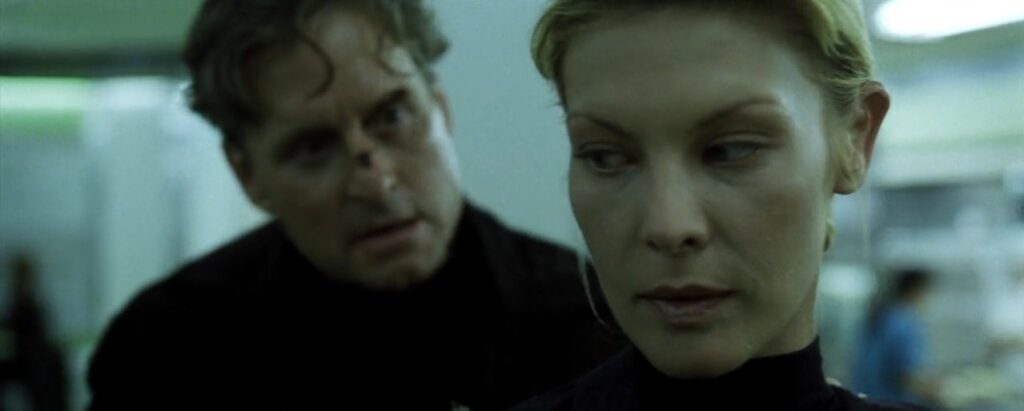Al Pacino’s Tour de Force: A Performance for the Ages

“…And Justice for All” (1979)
In Norman Jewison’s masterful courtroom drama, “…And Justice for All” (1979), Al Pacino commands the screen as Arthur Kirkland, an unwavering lawyer ensnared in a legal and moral labyrinth. The film immerses you in a gripping narrative set against the backdrop of the tumultuous justice system, unraveling a web of intricate ethical dilemmas that resonate deeply with our own lives.
Strasberg’s Subtle Brilliance: A Legendary Presence in the Film
A special collaboration unfolds as the legendary Lee Strasberg graces the screen. His presence enriches the story with a unique authenticity, subtly enhancing the narrative’s depth and complexity. While not the central focus, the mere fact that Pacino and Strasberg shared the screen becomes a moment that cinephiles simply can’t afford to miss.
A Script That Shatters Expectations: Valerie Curtin & Barry Levinson’s Genius

“…And Justice for All” (1979)
Valerie Curtin and Barry Levinson’s groundbreaking screenplay takes you on a rollercoaster ride through a plot that dives into the multifaceted landscape of legal ethics. It’s a narrative that keeps you on the edge, driven by moral quandaries that make you question the world around you. Both Curtin and Levinson were nominated for Academy Award for Best Original Screenplay.
Visionary Direction and the Raw Grit of the Courtroom
Norman Jewison’s elegant direction paints a vivid picture of the gritty courtroom, immersing you in the high-stakes world of legal battles. The film’s narrative, while subtle, evokes a sense of urgency, urging you not to miss the opportunity to witness a masterpiece that continues to resonate with audiences and critics alike. Don’t miss the chance to experience this cinematic gem that transcends its time and place, inviting you to explore the complex intersection of justice, ethics, and human nature, all while leaving you with a lingering fear of missing out on a true classic.
Cinematic Brilliance: Unpacking the Legendary Last Scene

“And Justice for All” (1979)
The concluding scene of “…And Justice for All” emerges as a triumph of cinematic and thematic power. It carries the film’s entire energy and serves as a resounding victory on multiple fronts. Al Pacino’s performance in this climactic moment, as he passionately delivers the iconic line, “You’re out of order, the whole trial is out of order…hold it, hold it, I just completed my opening statement,” is nothing short of legendary. His raw emotion and unwavering conviction encapsulate the central conflict of the film – the clash between a lawyer’s principles and the flaws of the justice system. This unforgettable scene leaves an indelible mark on the audience and solidifies the film’s status as a cinematic masterpiece, underlining the potency of great storytelling and the extraordinary talent of a legendary actor.
P.S. Out of all the iconic roles by Pacino, I want to regard his performance in this film as my favorite, it’s a must watch! Additionally, Al Pacino was nominated for Academy Award and Golden Globe for his performance in the film.
#AndJusticeForAll #NormanJewison #Curtin #Levinson #AlPacino
In case you overlooked our earlier post, here’s the link




















